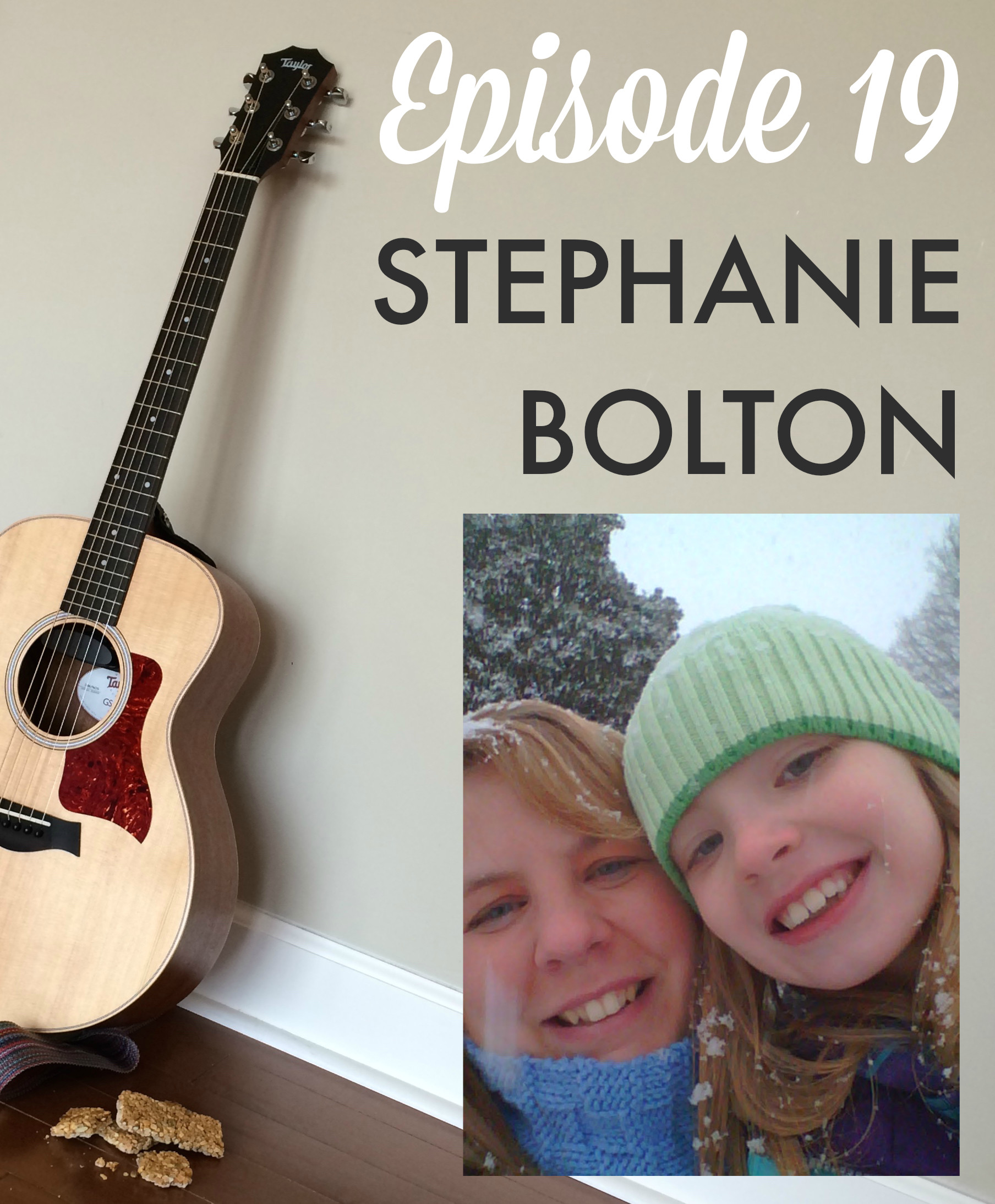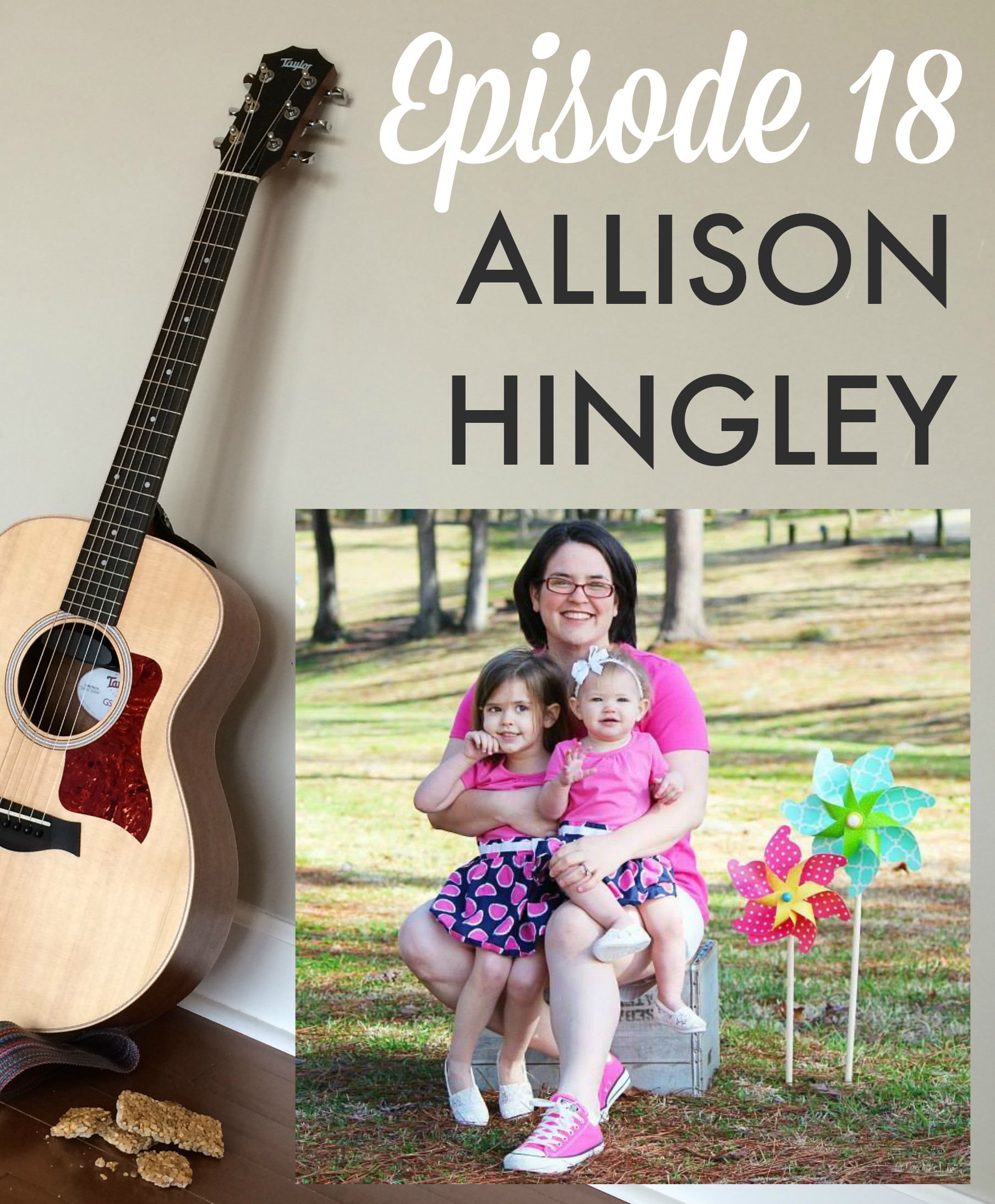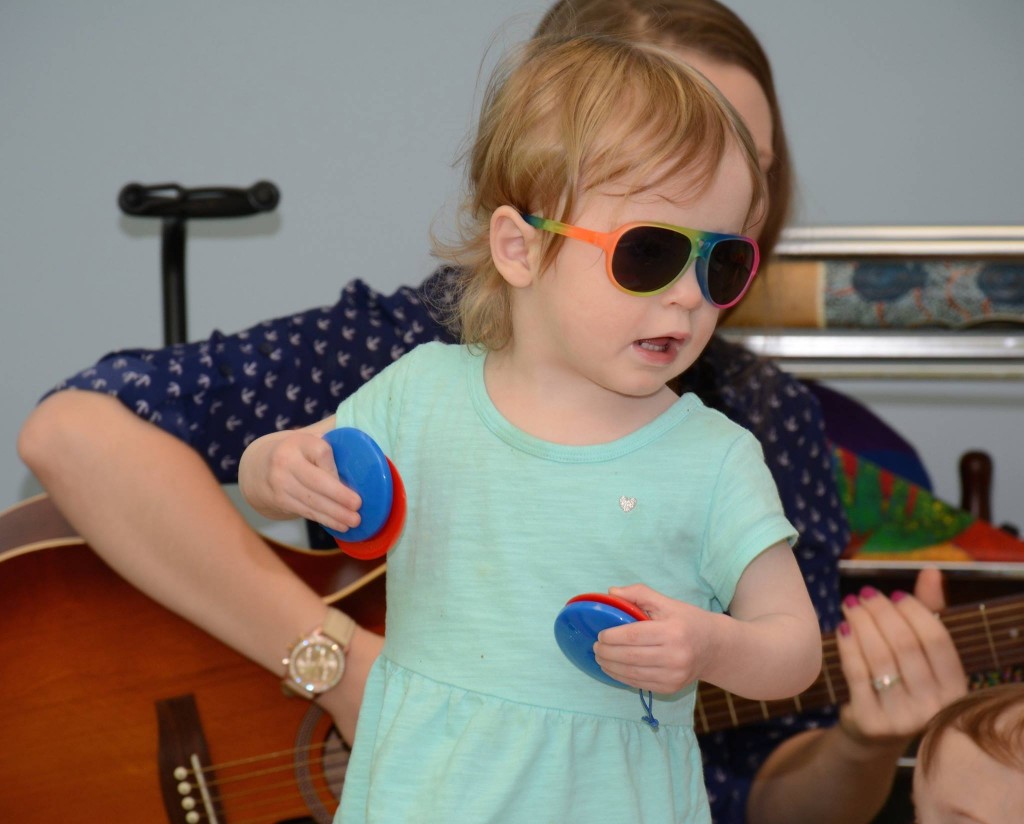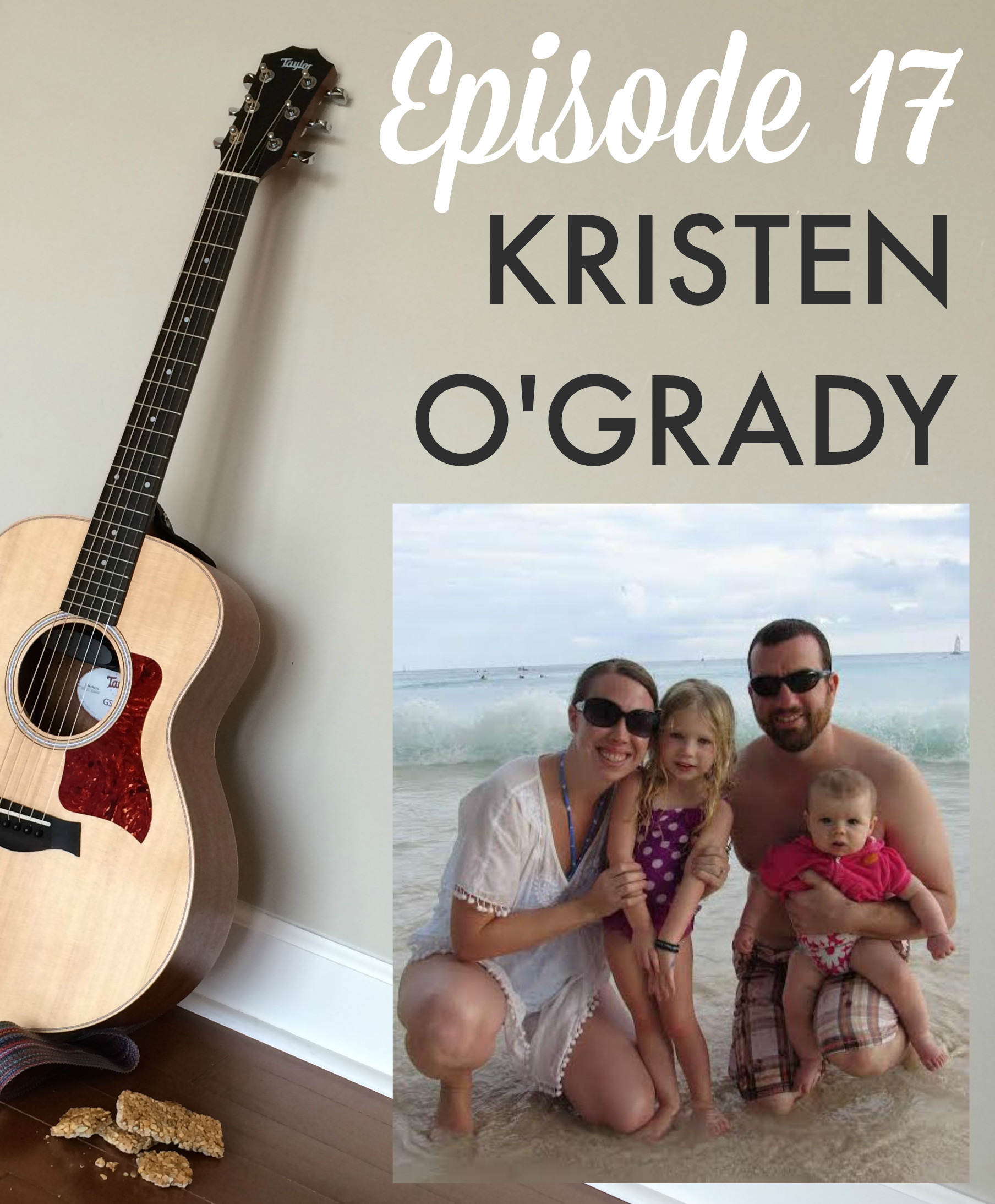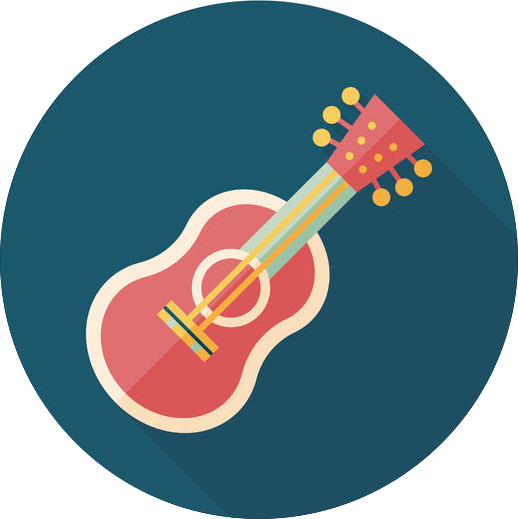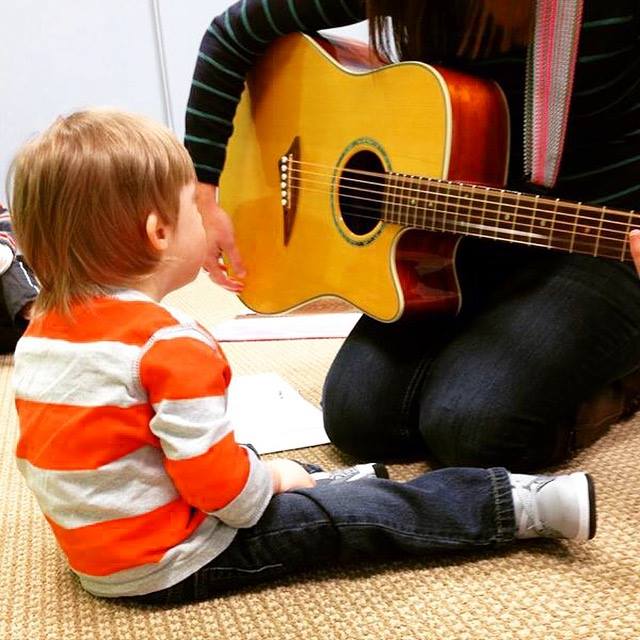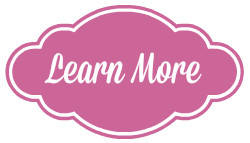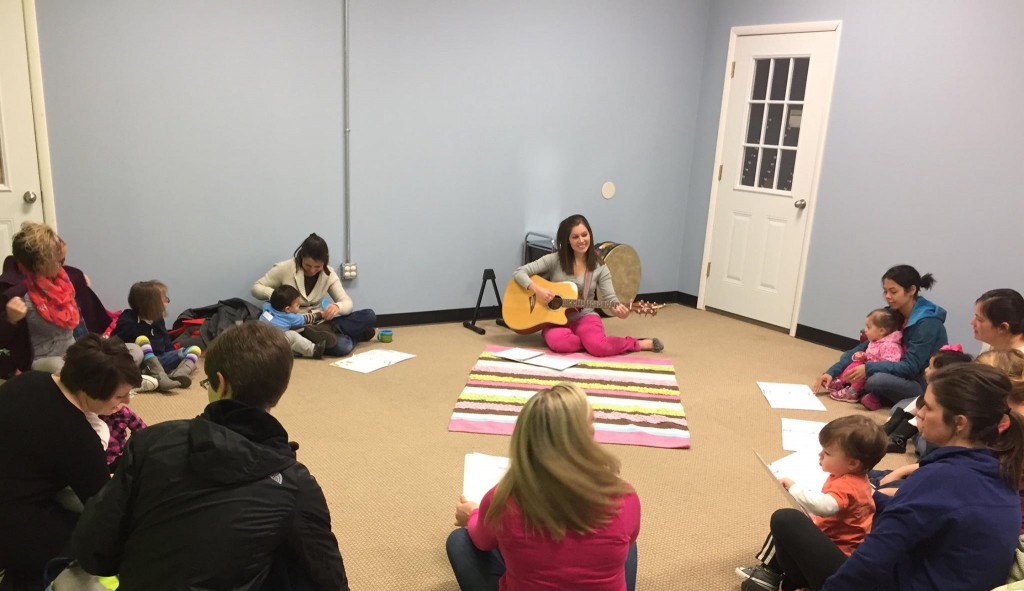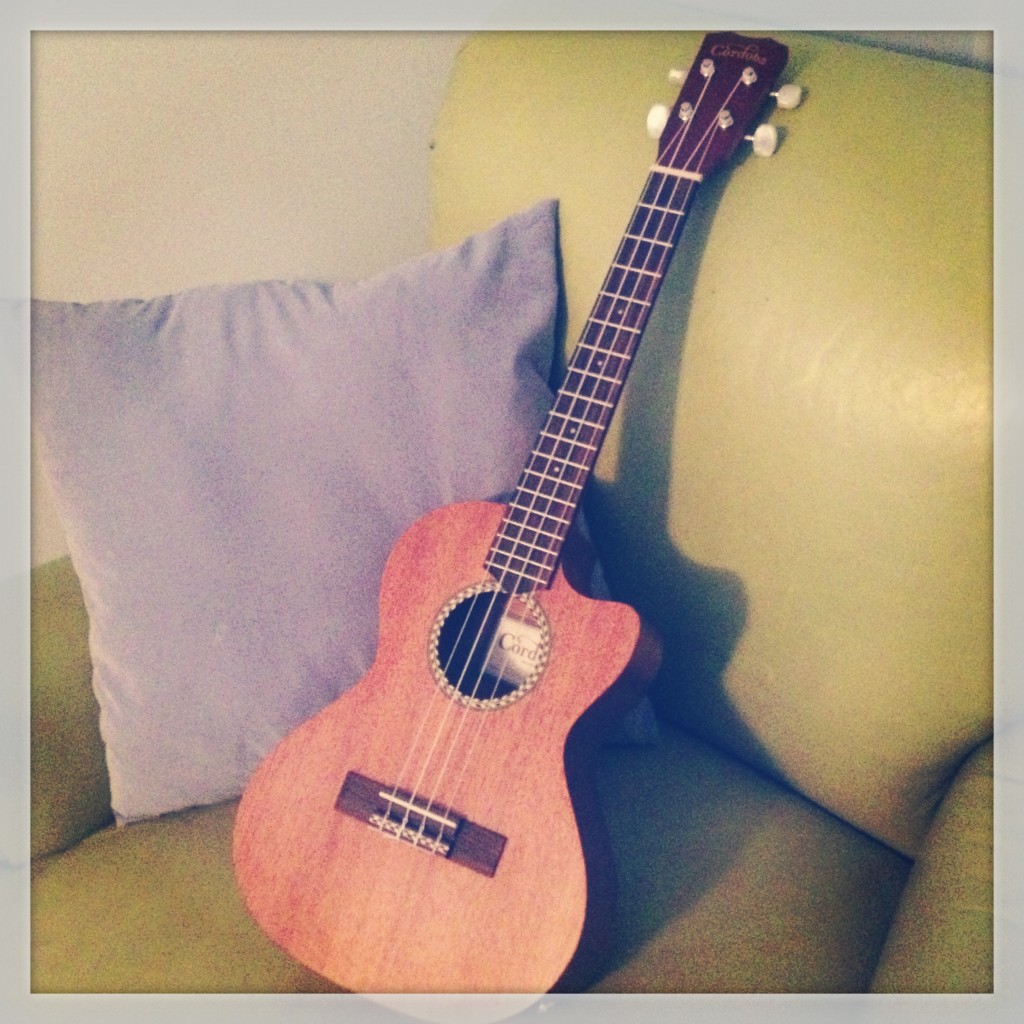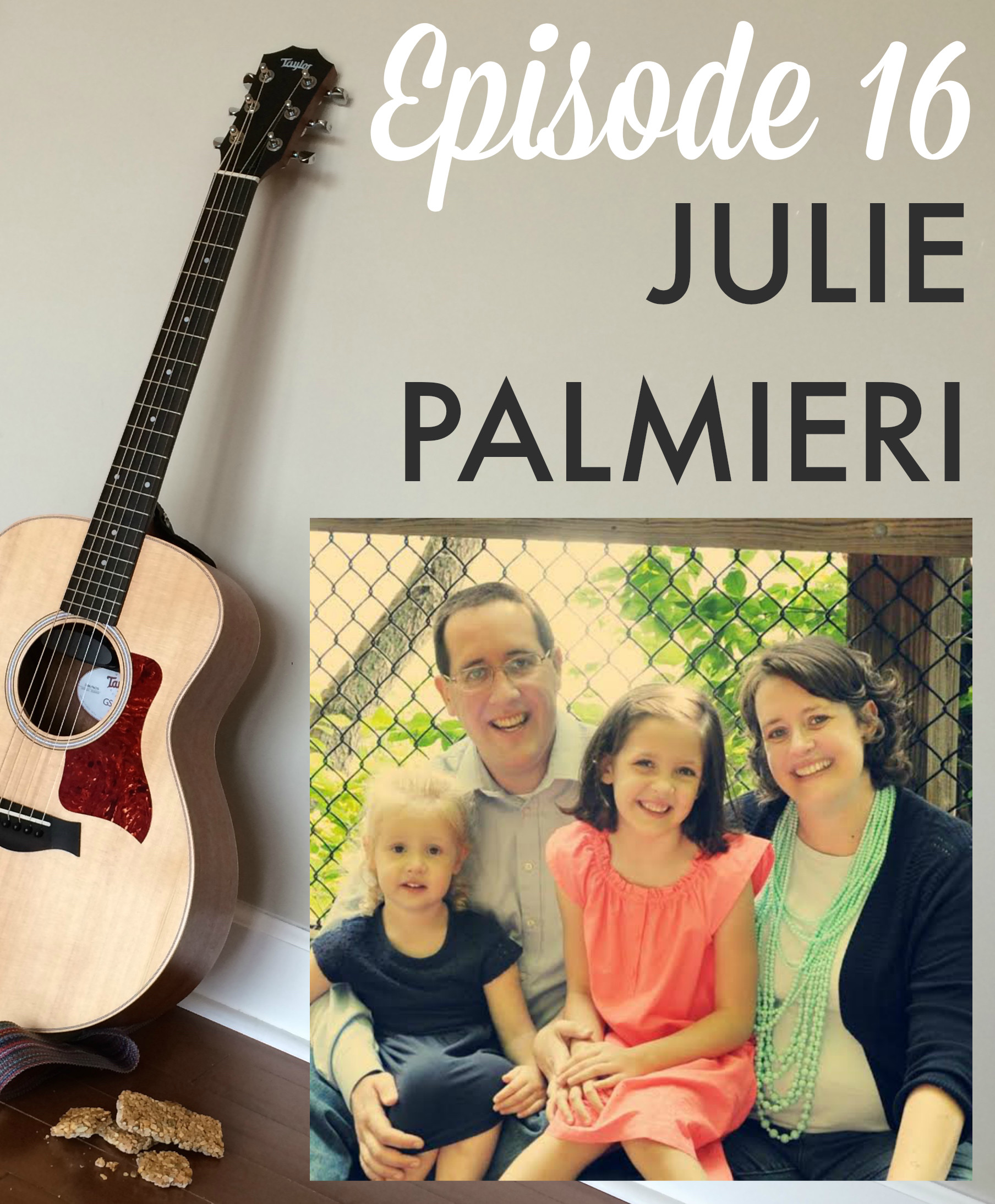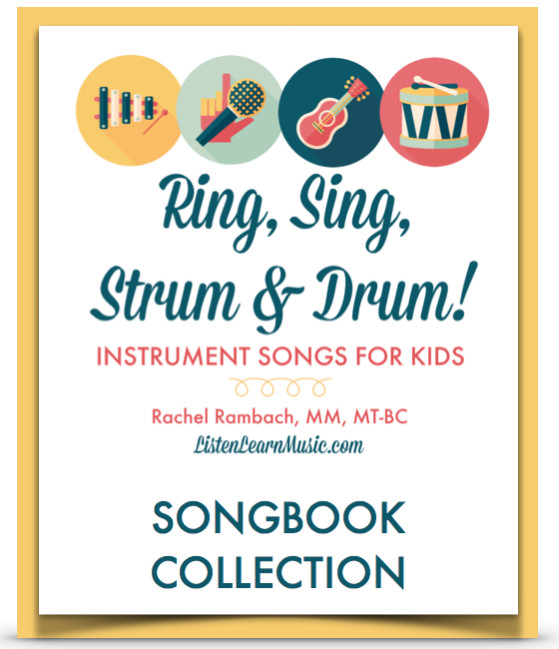Thanks so much for watching my video and heading over to Listen & Learn Music! I’m excited to share “The Toolbox Song” with you because it truly is one of the most effective tools in my musical toolbox (pun totally intended).
My students and clients request this song time and time again, and I am always happy to oblige, because it allows me to work on so many goals at the same time.
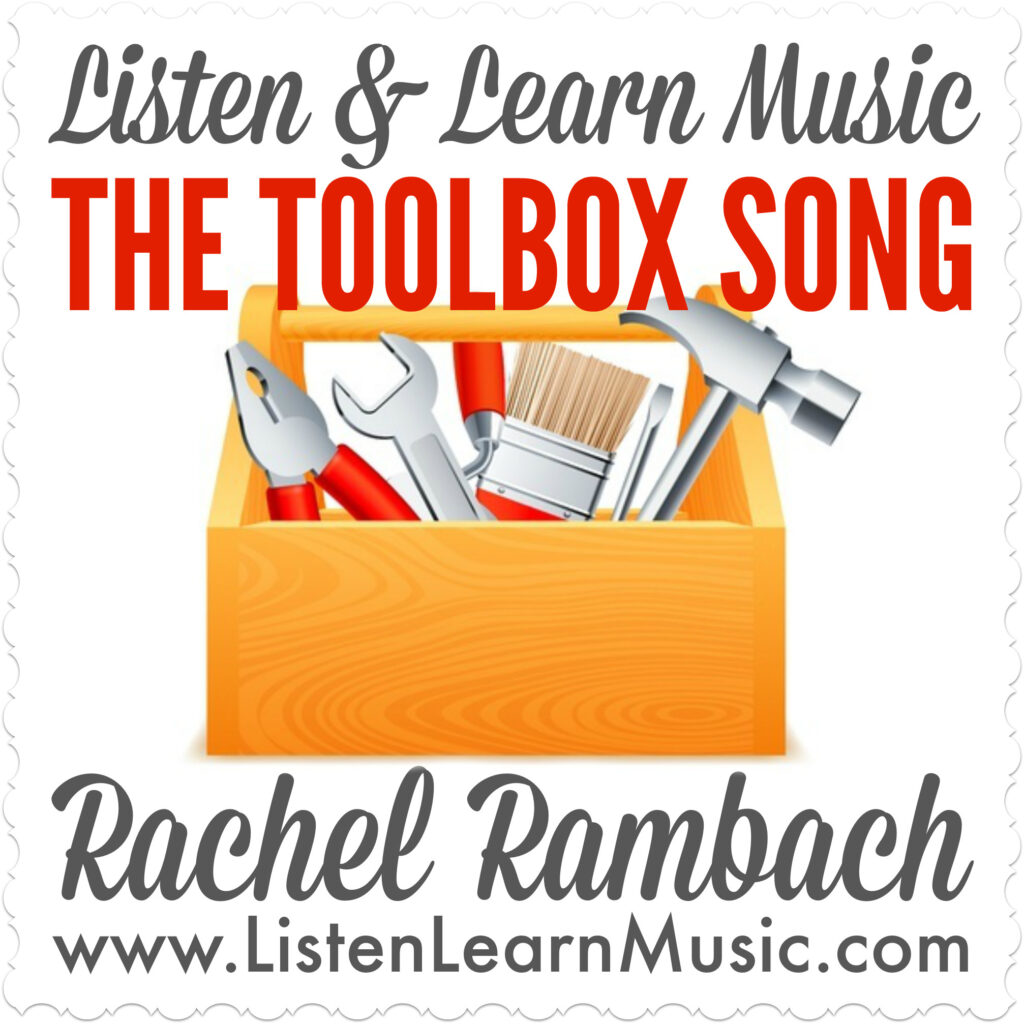
To receive the mp3, instrumental track, lyrics/chords and facilitation guide, simply enter your first name and email address below. Then I’ll deliver the download link to your inbox.
{Guitars & Granola Bars} Episode 19
Having worked with children almost exclusively throughout my career so far, I am in total awe of music therapists who have experience with clients in many different settings. Stephanie Bolton fits that description, as she shares in the latest episode of the podcast.
Not only has Stephanie worked in a variety of settings, but she is also a business owner running a private practice. She has the best of both worlds, doing the work she loves while still spending plenty of quality time with her daughter during the week.
Stephanie talks about her career path working with a vast array of client populations, the challenges of having a home office, and how entering into private practice has allowed her to enjoy valuable time with her family in Episode 19 of the Guitars & Granola Bars podcast.
Be sure to check out the show notes page for more information about Stephanie, along with links to the resources she mentions in the episode.
This episode is sponsored by Music Teacher’s Helper, the best way to manage your private music lesson studio and/or music therapy practice. I’ve used Music Teacher’s Helper every single day since 2011, and it is one of the best tools I have to keep my private practice running smoothly.
Sign up here for a 30-day no risk trial. If you choose to sign up after the trial using my link, you’ll save 20% off your first month!
 Click here to subscribe on iTunes, or search “Guitars & Granola Bars” in the podcast app on your Apple device.
Click here to subscribe on iTunes, or search “Guitars & Granola Bars” in the podcast app on your Apple device.

Click here to listen and subscribe on Stitcher, or download and search the app on your mobile device.
{Guitars & Granola Bars} Episode 18
Back in December, my family moved from one side of the neighborhood to the other with an 18-month-old in tow and another baby on the way. Here I was thinking that was a difficult transition…and then I interviewed music therapist Allison Hingley.
She moved across the country with a two-week-old newborn, and that was just one of MANY big life changes Allison went through in a relatively short amount of time. She certainly inspired me to believe that anything is possible when it comes to raising a family and pursuing a fulfilling carer.
Allison talks about raising a toddler and newborn while completing a master’s program, her family’s various moves around the country, and her decision to start a private practice after staying home with her young daughters in Episode 18 of the Guitars & Granola Bars podcast.
Be sure to check out the show notes page for more information about Allison, along with links to the resources she mentions in the episode.
This episode is sponsored by Music Teacher’s Helper, the best way to manage your private music lesson studio and/or music therapy practice. I’ve used Music Teacher’s Helper every single day since 2011, and it is one of the best tools I have to keep my private practice running smoothly.
Sign up here for a 30-day no risk trial. If you choose to sign up after the trial using my link, you’ll save 20% off your first month!
 Click here to subscribe on iTunes, or search “Guitars & Granola Bars” in the podcast app on your Apple device.
Click here to subscribe on iTunes, or search “Guitars & Granola Bars” in the podcast app on your Apple device.

Click here to listen and subscribe on Stitcher, or download and search the app on your mobile device.
Make Music With Kids This Summer
We captured this moment in one of our early childhood classes earlier this month, and it is basically the perfect photo for this blog post. An adorable child decked out in her summer shades, clacking away on castanets — yep, pretty much sums it up!
I’ve mentioned here before that my early childhood music program really took off last summer, which was my impetus for creating the online course Create, Market, Make Music! It covers all the bases I ran while designing and implementing my own program, from the very beginning planning stages to communicating with families after the class is over.
Summer is just around the corner, so now is a great time to get to work creating an early childhood program. The course is concise and action-based, so you can start putting what you learned into practice right away. (It also comes with 3 CMTE credits!)
If you sign up before the end of May, I’ll send you a complimentary copy of my brand-new songbook collection, Ring, Sing, Strum & Drum! Most of the songs in it were written with my early childhood kiddos in mind, so hopefully they will come in handy as you start creating your own classes.
Click here for all the details and to sign up for the course. I’m looking forward to helping you on your path to making music with kids this summer!
{Guitars & Granola Bars} Episode 17
When I sat down to interview Kristen O’Grady via Skype for this episode, she told me about how she and her daughters had just returned from a day trip to the beach. I have to admit, I was a little jealous of how she had spent her Monday. Kristen explained later in the interview that this day of the week is “Girls’ Day” in her family, because she works on Saturdays.
I love hearing the details when it comes to how my guests make the best of their busy schedules, and Kristen had some great insight to share. As usual, I was taking notes on some of the ways I can do the same in my own life (which is about to get a lot busier with the addition of a second baby any day now!).
Kristen talks about the evolution of her career while working in the same facility for 11 years, how her family structures their unique weekly schedule, and the importance of staying connected with your partner in Episode 17 of the Guitars & Granola Bars podcast.
Be sure to check out the show notes page for more information about Kristen, along with links to the resources she mentions in the episode.
This episode is sponsored by Music Teacher’s Helper, the best way to manage your private music lesson studio and/or music therapy practice. I’ve used Music Teacher’s Helper every single day since 2011, and it is one of the best tools I have to keep my private practice running smoothly.
Sign up here for a 30-day no risk trial. If you choose to sign up after the trial using my link, you’ll save 20% off your first month!
 Click here to subscribe on iTunes, or search “Guitars & Granola Bars” in the podcast app on your Apple device.
Click here to subscribe on iTunes, or search “Guitars & Granola Bars” in the podcast app on your Apple device.

Click here to listen and subscribe on Stitcher, or download and search the app on your mobile device.
Strum With Your Fingers & Thumb
A few months ago, I started a new music therapy group for children with special needs and wanted to include a song about playing the guitar. I wrote “Strum with Your Fingers & Thumb” specifically for the group, and it ended up being the inspiration for my new songbook.
This song is designed to give each child in the group an opportunity to strum the guitar themselves while I form the chords. I’ve used it a LOT in both group and individual settings, and it’s fun to see each child’s approach to playing the guitar.
Some are a little aggressive with their strumming, while others are extremely delicate and barely brush the strings. Some like to strum super fast, while others prefer an adagio tempo. No matter what, I just follow their lead with my singing and chord changes.
Here’s the song in action! This little guy was a BIG fan of playing the guitar, and always the first in line to strum when I started playing the song.
I think it’s important to give children the opportunity to play the guitar within a structured setting, because in my experience, they’re gonna try anyway (especially when I set it down to do something else like pass out or collect other instruments.) How do you incorporate guitar-playing into your sessions?
P.S. Did you know that you can gain instant access to a vast collection of over 200 songs (mp3, lead sheet, and instrumental track), videos, tutorials, and visual aides, plus ALL new releases from Listen & Learn Music?
Why I Love Tuesday Mornings
While I initially created the Listen & Learn for Little Ones early childhood class just over two years ago, it wasn’t until last July that I was able to get it up and running on a continuous basis. Ever since, I’ve spent almost every Tuesday morning making music with young children and their parents or caregivers.
It didn’t take long for this class to become the biggest highlight of my week, especially since many of the same families registered for every single five-week session over the course of this year. I got to know the kiddos very well, and even better — they got to know each other.
I’ve met some amazing moms, grandmas, nannies, and a few dads here and there, too :) We’ve played with countless instruments, read tons of singable stories, showed off our dance moves, and the very best part is that I’ve had the pleasure of watching these children develop.
This morning’s class was my last before I take off some time for maternity leave, and I have to admit, it was bittersweet saying goodbye to everyone. All the adults in the room looked at me like I had 3 heads when I told them I’d be returning at the end of June, but the truth is, I’m already looking forward to it!
Since I won’t be practicing music therapy or teaching lessons over the summer, the classes will provide a nice creative outlet and chance to leave the house a couple times a week.
I can’t wait to spend Tuesday mornings snuggled up with my brand new baby girl in just a couple of weeks (or less!), but I will miss my “little ones”. It will be so much fun to see how they’ve grown and changed during that time.
Are you interested in starting an early childhood music program of your own? My course Create, Market, Make Music! (3 CMTE credits) takes you through the entire process. Learn more here.
Can’t Live Without My…Ukulele!
I’m currently participating in the #MusicTherapyBlogger challenge, hosted by Julie Palmieri at Serenade Designs. This week’s blogging prompt is to write about something that works in our everyday lives as a music therapist, and I didn’t have to think twice about that.
At 38 weeks pregnant, it’s no surprise that I have a GIANT belly. It has been posing quite a challenge for the last couple months or so, but only in these last few weeks has my baby bump made it nearly impossible to effectively play my guitar.
Enter my lovely little Cordoba acoustic-electric tenor ukulele. I got it as a Christmas gift from my parents a few years ago, and it has been a staple in my music therapy sessions, early childhood classes, and gigging adventures ever since. I also find myself picking it up more often than my guitar when I record my songs, which you might have noticed over the last couple years. I love how easy it is to play, the sweet sound it makes, and now more than ever, it’s compact size.
While I have to wear and play my guitar almost completely on my side (making it really interesting to form chords and strum), My ukulele sits on a nice little shelf, aka my belly, and is so light-weight that I can play for a long stretch without it being uncomfortable. I do use a neck strap to keep it from slipping down.
Ukuleles have become pretty trendy in the music therapy world over the last few years, and I had no problem following that trend. Little did I know just how handy it would become late in my pregnancies.
{Guitars & Granola Bars} Episode 16
Julie Palmieri is a people person. Of course, this is one of the characteristics that makes her a great music therapist, but her people skills when it comes to online interaction make her especially good at the specialized work she does.
Julie specializes in helping fellow music therapists build, grow and rock their online presence, which allows her to work from home and spend time with her young daughters. I was so excited to interview her about her unique career within the field of music therapy for this week’s podcast episode.
Julie talks about her experiences having two children, leaving the clinical realm to work with music therapists online, and how she is able to raise her girls while working from home in Episode 16 of the Guitars & Granola Bars podcast.
Be sure to check out the show notes page for more information about Julie, along with links to the resources she mentions in the episode.
This episode is sponsored by Music Teacher’s Helper, the best way to manage your private music lesson studio and/or music therapy practice. I’ve used Music Teacher’s Helper every single day since 2011, and it is one of the best tools I have to keep my private practice running smoothly.
Sign up here for a 30-day no risk trial. If you choose to sign up after the trial using my link, you’ll save 20% off your first month!
 Click here to subscribe on iTunes, or search “Guitars & Granola Bars” in the podcast app on your Apple device.
Click here to subscribe on iTunes, or search “Guitars & Granola Bars” in the podcast app on your Apple device.

Click here to listen and subscribe on Stitcher, or download and search the app on your mobile device.
“What’s Your Songwriting Process?”
Songwriting has always been a big part of my work as a music therapist, because I like to use mainly original compositions in my sessions, groups, and classes. Not a week goes by that I’m not coming up with a new song here and there.
Between just having released a brand-new songbook, hosting a Songwriting Challenge for music therapists, and my clinical work as usual, my professional life has seemed to revolve around songwriting for the last month or so — and I’m okay with that!
One of the questions I’m frequently asked by other music therapists is in regards to my songwriting process. I totally get it, because I love hearing about how others do it, myself. Since this pops up so often in my inbox and in conversations with people who want to become more practiced songwriters, I’ll share how my process looks.
Songwriting is a Ritual
Of course, there are plenty of times when I write a song on the fly during a session (which may or may not make it into my memory bank or get written down/recorded later); but in most cases, songwriting for me has become very ritualistic.
I have a particular set-up that must be in place before I begin: my computer in front of me, my guitar to my right, and my iPhone next to me (in the photo above, I substituted my iPad since I was using my phone to take the picture).
While most of my songwriting takes place at my desk in my office, sometimes I change up the location to either my kitchen island (as you see in the photo) or desk at work.
Before I actually start writing, I make sure my guitar is tuned, that I have all the information I need — like correspondence from a client’s parent/teacher/therapist, any facts I’ll use in my song content, my own notes, etc. — in front of me, and then I’m ready to dive in.
Getting It Down on “Paper”
I’m a digital girl all the way, and since I’ll be accessing my song on my iPad during a session (if it’s not completely memorized) or pulling it up on my computer to record later, the actual writing happens on a template I have created in Pages (the word-processing software for Mac).
I always start with the lyrics, since I want to make sure I’m including all the language needed to address a goal or objective for a client or group. I always have RhymeZone pulled up in my browser for help coming up with rhyming words as I write.
My iPhone comes in handy during the lyrics phase, because I record any melody fragments that manifest using the Voice Memos app. This is an important step, because otherwise I will have completely forget them by the time I’m ready to compose the entire melody and figure out chords.
Once the lyrics are complete, I grab my guitar and start piecing together that melody, often referring back to anything I’ve recorded. This becomes a balancing act, singing and strumming and then keeping my guitar from falling off my lap while typing the chords on my lead sheet. I make sure to check and double-check each line for accuracy after the chords are written.
My finished lead sheet is saved in a Dropbox folder as a PDF, along with all of my other original compositions. That way I can easily pull them up on my iPhone or iPad if needed. I save the original Pages document in a folder on my computer, categorized by song topic or purpose.
Learning My Song
My work is not done yet. Once I’ve finished the lyrics, melody, and chords, it’s time to get familiar with the song as a whole since the writing process is often so choppy. I sing and play through the song several times…as many as needed until I’m completely comfortable with the melody and have established the strum pattern I want to use.
Then I go back to my Voice Memos app and delete any of the fragments I recorded earlier. It’s time to create a draft recording — this is what I’ll use as a reference point when it comes time to record the song “for real”.
The Time Factor
Because I have established such a step-by-step process for writing songs, it really isn’t as time-consuming as you might think. It seems as though the time factor is what holds many music therapists back from writing more of their own songs, which is why I always encourage them to establish a process for themselves.
On average, I would say that it takes me about 45-6o minutes to complete the entire process of writing one song. And at the end of that process, not only do I have the song written, but I also have a completed lead sheet and a quick recording.
Establishing YOUR Process
There are so many ways to write songs, and there are no right or wrong ways of doing so. What works beautifully for me may not appeal to you in the slightest.
What does your songwriting process look like? If it’s all over the place, that’s okay too…it’s all about figuring out what works best with your songwriting style and taking into account your preferred methods for creative processes.
Music therapists, I hope you’ll consider taking the Songwriting Challenge! Click below to learn what it’s all about — and then join me to become a better songwriter while earning CMTE credit.
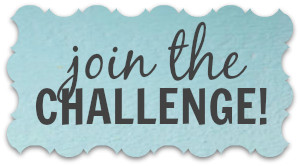
My Latest Songbook Collection is Here!
I am so happy to announce that as of today, my new songbook collection — Ring, Sing, Strum & Drum! — is available in its entirety. I have been working SO hard over the last couple of months writing and recording 12 brand-new songs that I think you will love and be able to use with your children, students, and/or clients.
Ring, Sing, Strum & Drum! is a digitally downloaded songbook collection containing 12 never-before released Listen & Learn songs for playing instruments — including rhythm sticks, hand bells, cabasa, castanets, kazoos and more. Not only does the PDF songbook provide the notated melody line, chords and lyrics, but you also receive full and instrumental mp3s for all 12 songs:
“Rhythm Sticks Mix”
“Ring Around the Rainbow”
“Hum a Tune”
“Gather ‘Round the Drum”
“Strum With Your Fingers & Thumb”
“Click Like This, Clack Like That”
“Cabasa Bossa Nova”
“Jingle Jamboree”
“Rainstick Round”
“Lollipop Start & Stop”
“Tam Tam Boo”
Purchasing the lead sheet and mp3s for each individual song would cost you $3 a pop; multiply that by 12 songs and you’re out $36. But since I’m all about sharing the love, I’ve priced Ring, Sing, Strum & Drum! at a mere $12.
With just under a month remaining in the school year, it’s right about this time that your repertoire needs a boost — if you’re anything like me, that is. Whether you work as a music therapist in the classroom or one-on-one setting or you are a music educator, my newest creation might be just the boost you need.
Check it out!
(And for even more instrument songs for children, you should take a look at my best-selling songbook collection, Tapping, Shaking, Music Making!)

